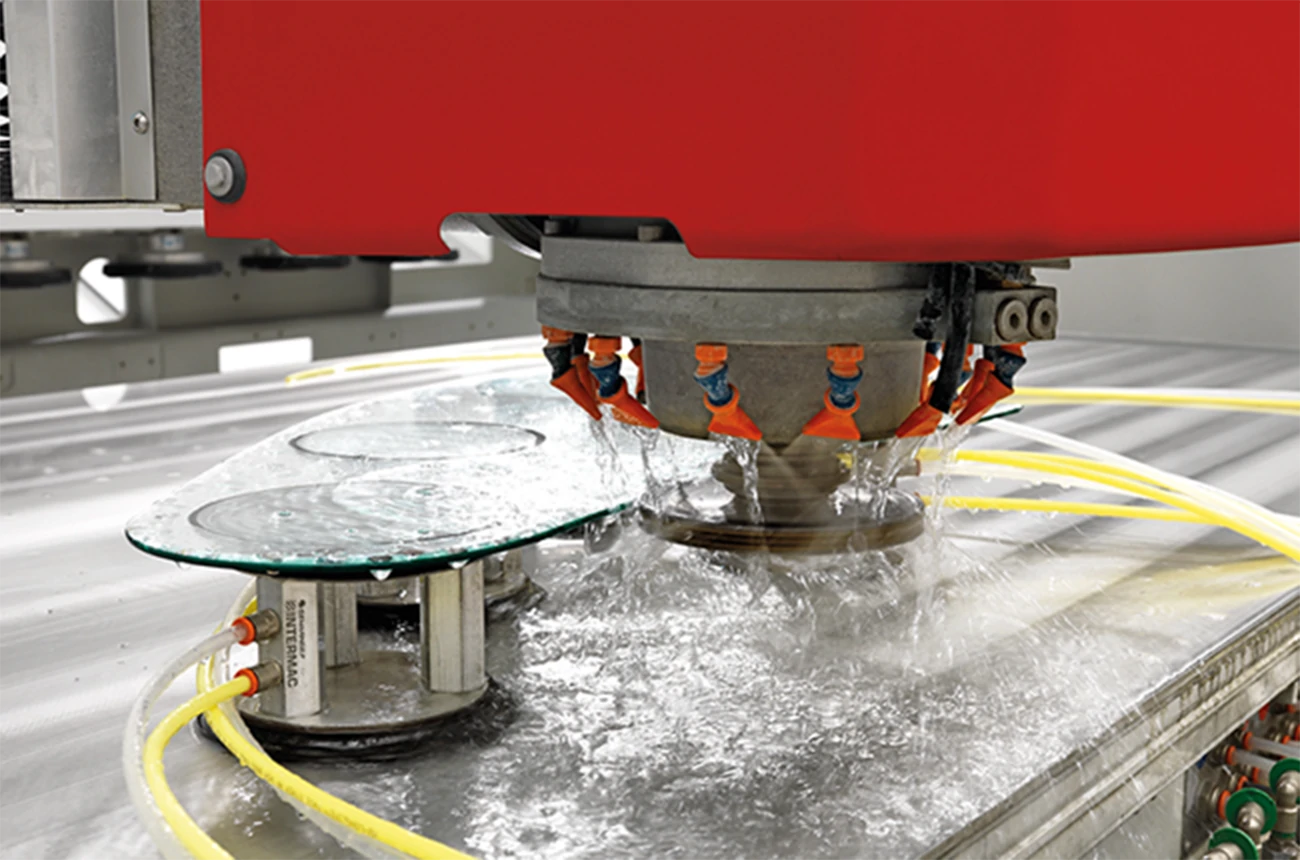Nov . 19, 2024 13:54 Back to list
float glass manufacturing process
Float Glass Manufacturing Process
Float glass is a popular type of glass used in a wide variety of applications, from windows to mirrors and even in automotive industries. The process of manufacturing float glass is carefully designed to achieve a high level of quality, clarity, and uniform thickness. The method has evolved considerably since its invention in the 1950s and remains a critical area of study for both manufacturers and engineers.
The float glass process begins with the selection of raw materials. The primary ingredients used in the production of float glass are silica sand, soda ash, and limestone. Additional components may include various additives to enhance the qualities of the glass, such as alumina and magnesium oxide. The proportions of these materials are crucial, as they not only dictate the glass’s final properties but also its melting point.
Once the raw materials are gathered, they undergo a meticulous mixing process. The mixture is then fed into a furnace that can reach temperatures up to 1,700 degrees Celsius (around 3,092 degrees Fahrenheit). In the furnace, the mixture melts into molten glass. This phase is vital as it ensures that the raw materials are fully integrated and that impurities are eliminated. The melting process takes several hours, and careful monitoring is required to maintain the necessary temperature and consistency.
After the glass has melted, the next step involves transporting the molten glass to a float bath. This is where the distinctive characteristics of float glass are achieved. The float bath is a large tank filled with molten tin, which serves as a smooth and flat surface on which the molten glass is poured. The density of the molten glass is slightly less than that of tin, allowing it to float on top, which results in a uniform thickness and surface smoothness.
float glass manufacturing process

Once the glass is on the tin, it spreads out to form a continuous sheet. By precisely controlling the quantity of molten glass poured onto the float bath, manufacturers can determine the thickness of the glass. This stage is critical, as variations in thickness can lead to complications in subsequent processes and affect the glass’s final applications.
After sufficient time on the float bath, the glass sheet moves into a cooling chamber, known as the annealing lehr. Here, it undergoes a controlled cooling process that gradually reduces its temperature. This step is essential for relieving stresses within the glass caused by rapid temperature changes. Proper annealing ensures the integrity and durability of the final product.
Once cooled, the float glass moves to the cutting and finishing stage. It can be cut to specific sizes and shapes based on customer requirements. Additionally, various treatments may be applied, such as coating for UV protection, tints for energy efficiency, or reflective surfaces.
Recycling is another crucial component of the float glass manufacturing process. Waste glass, known as cullet, can be reintroduced into the production process. This not only reduces the demand for raw materials but also lowers energy consumption, as cullet melts at a lower temperature than raw materials.
In conclusion, the float glass manufacturing process is a complex yet fascinating interplay of science and craftsmanship. From sourcing raw materials to the careful control of temperature and thickness, each stage is optimized to produce high-quality float glass that meets the rigorous demands of various applications. With continuous advancements in technology, the float glass industry is poised for further improvements in efficiency and sustainability, aligning with the global push toward eco-friendly manufacturing practices.
-
Safety and Style with Premium Laminated Glass Solutions
NewsJun.24,2025
-
Reinvents Security with Premium Wired Glass
NewsJun.24,2025
-
Premium Float Glass Line for Modern Architecture
NewsJun.24,2025
-
Low Emissivity Glass for Energy-Efficient Architecture
NewsJun.24,2025
-
High-Performance Insulated Glass Solutions for Modern Architecture
NewsJun.24,2025
-
Elevates Interior Style with Premium Silver Mirror
NewsJun.24,2025
Related PRODUCTS














